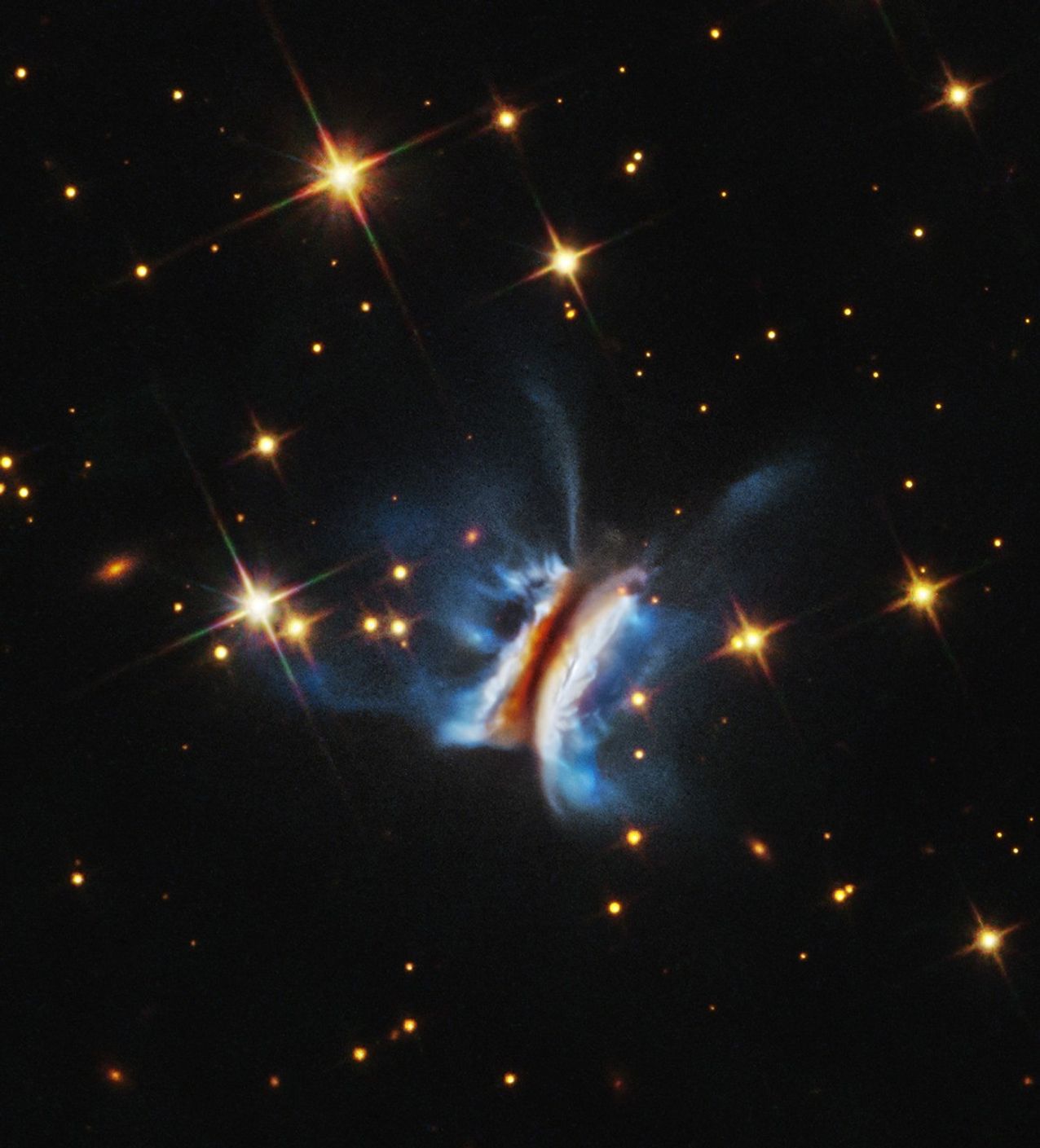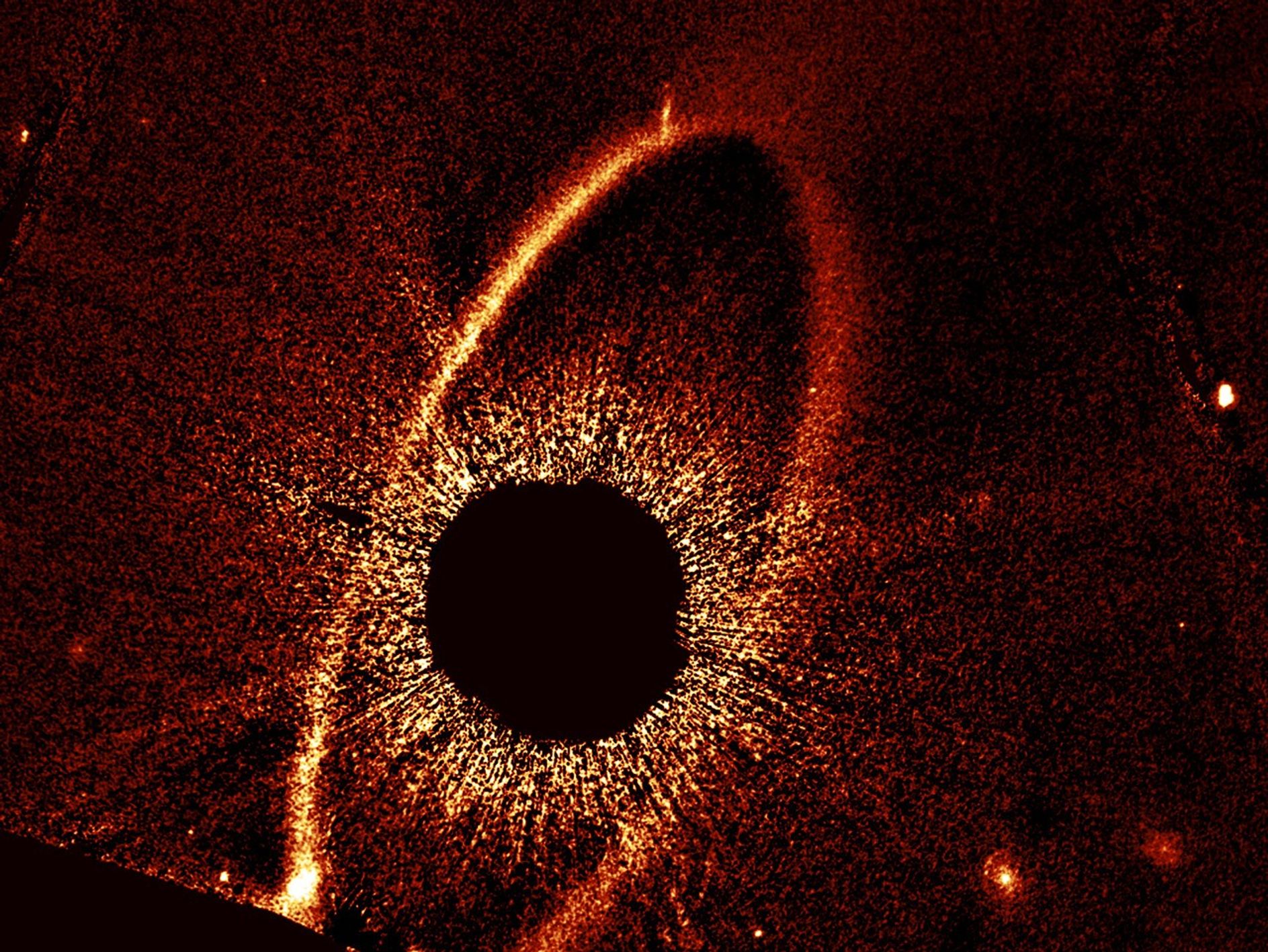PROJECT
In Space Assembled Telescope (iSAT) Study
SNAPSHOT
NASA conducted a detailed study to understand when it is worth assembling telescopes in space rather than folding them into a single rocket and deploying them in space.
The conventional approach of carefully folding a large space observatory into a single rocket and deploying it in space involves many challenges and risks. In-Space Assembly (ISA) is an approach where a space system is designed and built as a set of discrete modules that are launched into space on one or more rockets, transported to a central location, and robotically assembled into a fully functional system. A NASA study found that ISA holds the potential to address many of the challenges facing the conventional approach to deploying a large space telescope.
With an intent to inform the Astrophysics Decadal Survey (Astro2020), NASA’s Astrophysics Division Director and the Science Mission Directorate Chief Technologist commissioned the in-Space Assembled Telescope (iSAT) study in April 2018 to answer the question, “When is it worth assembling space telescopes in space rather than building them on the Earth and deploying them autonomously from a single launch vehicle?”
The study was supported by more than 70 subject matter experts (including two former astronauts) from across NASA centers, universities, and major industry partners. The experts came from different but relevant technical domains such as launch systems, in-space rendezvous and proximity operations, space robotics, space structures, orbital dynamics, optics, astrophysics and instruments, and systems engineering. Many of them possessed important mission experiences from the James Webb Space Telescope (JWST), Hubble Space Telescope (HST), International Space Station (ISS), Robotic Servicing of Geosynchronous Satellites (RSGS) project, Restore-L, Mars missions, and others. The team studied the technical feasibility and merit of assembling space telescopes with four different primary mirror diameters sizes ranging between 5 and 20 meters. For reference, JWST has a 6.5-meter primary mirror. After 14 months of detailed study involving various trade-space studies, concepts of operations, notional implementation plans, and qualitative and quantitative relative risk and cost analyses, the study team determined several key findings.
The study team found that when key capabilities demonstrated in space over the last decade are considered, ISA has emerged as a viable approach for observatory assembly. Many of the key capabilities are architecturally similar to those used in missions involving robotic instrument installation on the ISS (such as the Orbiting Carbon Observatory-3 and the ECOsystem Spaceborne Thermal Radiometer Experiment on Space Station) and in the upcoming NASA and Defense Advanced Research Projects Agency (DARPA) satellite servicing missions.
The study team found many technical and programmatic examples of how ISA changes the risk posture of observatory development and makes it potentially more manageable. For example, conventionally developed observatories are architected to accommodate the constraints of a single, specific rocket’s launch capacity. They become more expensive and riskier as designs approach the rocket’s payload mass and volume limits. The study team found that ISA removes the constraint of fitting the entire observatory in a single, specific rocket by using a modular design where the modules can be launched on one or more rockets and subsequently assembled in space. The ISA approach may mitigate many of the risks and cost challenges as the observatory does not have to be lightweight, folded in a complicated manner to fit in a single fairing, and then deployed in space using many (>100) deployment mechanisms. Using the conventional approach, it may be extremely challenging, if not impossible, to recover from failure or anomaly during deployments even with a separate servicing mission. ISA, on the other hand, may involve orders of magnitude fewer of such deployment mechanisms, if any, and would likely use robotically reversible and adjustable joining interfaces with an incremental assemble-and-verify approach. ISA may also provide the ability to recover from faults or anomalies with in situ servicing and the ability to replace a failed module.
Furthermore, the conventional requirement to fit inside a single rocket also introduces a single critical path in the conventional development schedule where all the elements enter the expensive design-build-test phases of the project at the same time. Funding fluctuations in these phases can result in adverse schedule and cost impacts. An ISA mission may be planned using a phased approach with multiple development paths, i.e., decoupled design-build-test phases (e.g., multiple swim lanes) with separate launches that do not have to be executed concurrently. The ISA approach offers NASA the opportunity to flatten the mission funding profile, reduce the strain on annual budgets, and reduce the sensitivity to budget variations.
Use of multiple rockets, in-space transportation, and subsequent assembly also makes ISA inherently scalable. It can achieve observatory sizes that cannot be achieved via the conventional, single-launch approach. With the conventional approach, observatories with apertures greater than 15m in diameter are unlikely to be deployed from a single rocket even when folded into a NASA’s Space Launch System. However, the ISA approach is scalable and can enable observatories with aperture diameters larger than 15m, even using existing commercial rockets.
Perhaps even more profoundly, the study team found that ISA may provide an in situ approach to servicing the observatory to extend its life or upgrade the instruments for improved science returns (similar servicing was performed on HST by astronauts). For example, the robotic arms used to assemble the observatory might reside with the telescope and then be reused to service the observatory later. This approach may remove the dependence on future expensive and risky servicing missions involving astronauts or a custom-built robotic servicing spacecraft.
The study team also found that ISA may also offer opportunities for reducing the costs of conventional, single-launch observatories (see final report for details), particularly when the cost of servicing the observatory is considered in the overall mission cost. However, the extent of risk and cost benefits will ultimately depend on the design of the observatory and its specific technology needs. As is the case for most first-of-its-kind space missions, engineering development needs and technology gaps for specific observatory designs will have to be addressed.
In conclusion, the study team determined that ISA may be the preferred implementation approach compared to the conventional, single-launch approach for all observatory sizes considered in this study (i.e., observatories with aperture diameters sizes ranging between 5 and 20-meters), particularly when servicing of the observatory is considered as a part of the mission.
STUDY LEADS
Dr. Rudranarayan Mukherjee, NASA Jet Propulsion Laboratory; Dr. Nick Siegler, NASA Exoplanets Exploration Program; Dr. Harley Thronson, retired
SPONSORING ORGANIZATION
Astrophysics Division, Cosmic Origins Program




































